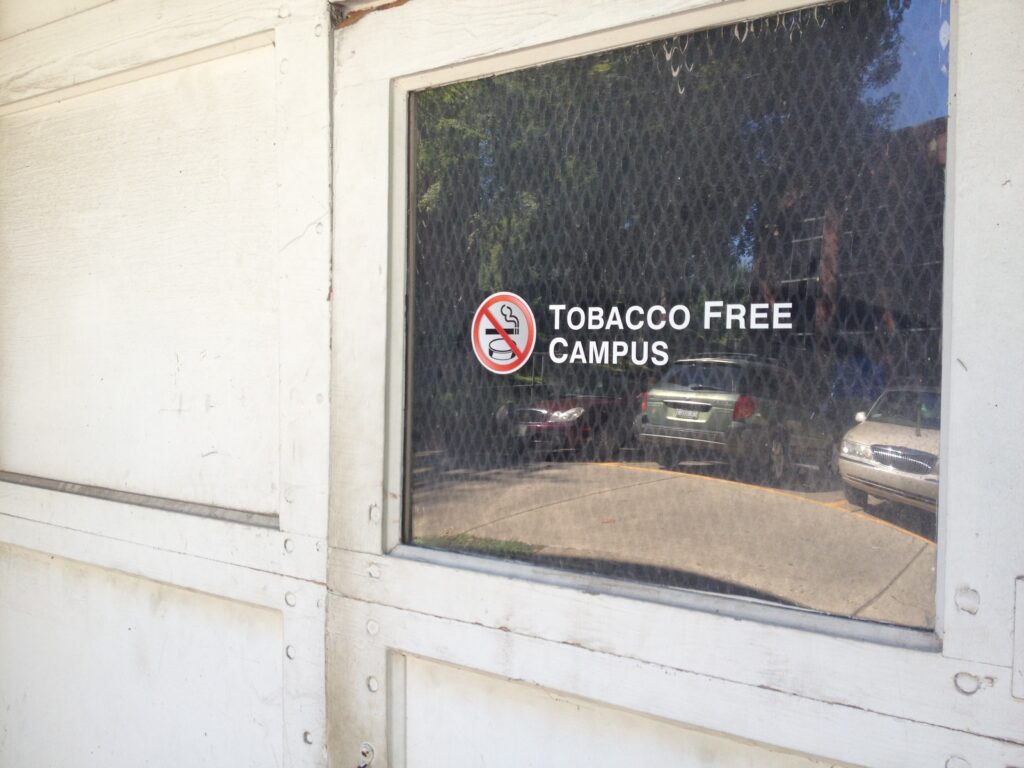The American Lung Association released its annual “State of Tobacco Control” report Wednesday, naming West Virginia among the worst-scoring states in the union.
The report evaluates state and federal policies on actions taken to eliminate tobacco use and recommends proven-effective tobacco control laws and policies to save lives.
According to the report, West Virginia lags behind when it comes to tobacco control policies and as a result, the state’s average smoking rates are 22 percent of adults and 40.6 percent of high school students.
“This gives us an important opportunity to improve the health of our state through proven policies, such as increasing funding for tobacco prevention and cessation programs aligned with the Centers for Disease Control and Prevention recommended level,” said Lance Boucher, division assistant vice president, Eastern, at the American Lung Association.
Tobacco use remains the leading cause of preventable death and disease in America and takes the lives of 4,280 West Virginia residents each year.
Jennifer Folkenroth, senior national director of the American Lung Association, said policy changes are the keys to reduce tobacco use and save lives.
“At this time, when really looking at West Virginia’s report card, the strength of the smoke free laws received a grade D. But of course, considering the loopholes that currently exist and continue to allow workers across West Virginia to be exposed to secondhand smoke,” Folkenroth said. “Unfortunately, West Virginia received a failing grade for all other areas of the report, including funding for state tobacco prevention programs, level of state tobacco taxes, coverage and access to services to quit tobacco, and, of course, ending the sale of all flavored tobacco products.”
It is estimated that 35 percent of cigarette smokers have a direct behavioral health disorder and account for 38 percent of all U.S. adult cigarette consumption. Despite the national cigarette smoking rate of 14 percent overall among adults, it is 23 percent for individuals with a behavioral health disorder.
“So between tobacco and mental health, it is so very important that we ensure that programs are integrated with behavioral health facilities to provide substance use disorder facilities with the tools to provide voluntary cessation programs to support these individuals in breaking free from nicotine addiction,” Folkenroth said.
To learn more about this year’s “State of Tobacco” report, visit lung.org/sotc.




















